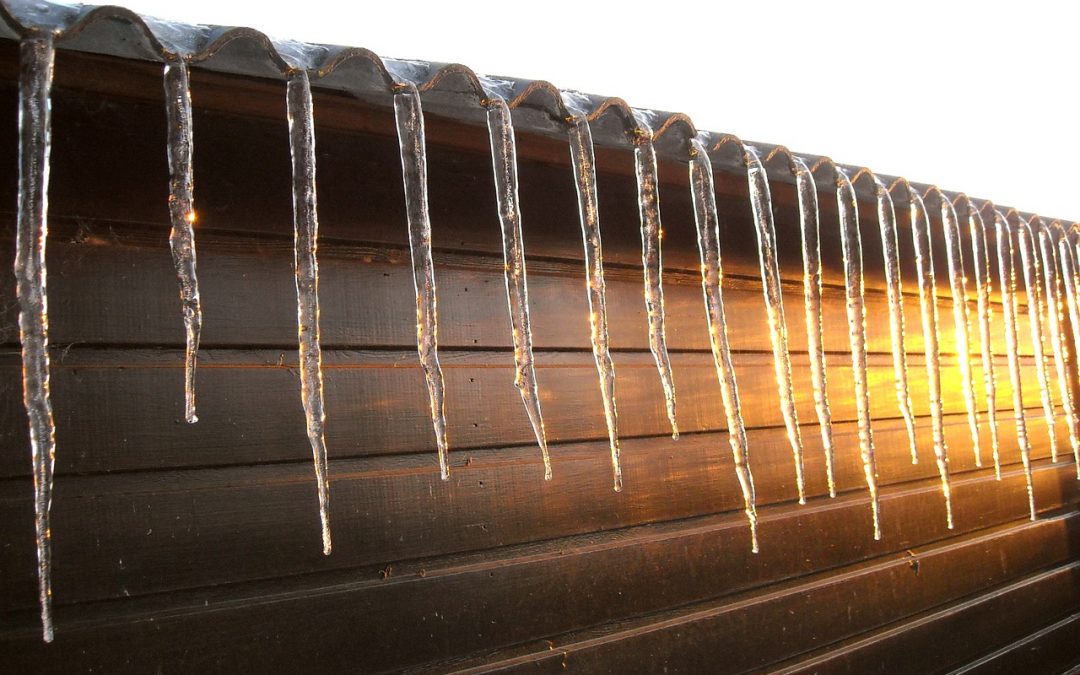Roof damage can occur at any time of year, but winter weather can be particularly hard on your roof. Not only do winter hazards like snow and ice cause problems with your roof, they also make it difficult to remedy those issues. Here we outline a few of the most common winter roof issues and ways to prevent or repair these damages quickly, to keep your roof winter-proof for the whole season.
Trapped Water
If water gets trapped in your roof, it can cause leaks and damage, no matter the season. Trapped water becomes particularly problematic in the cold months, when trapped water that has been absorbed by roof materials freezes and expands, which can cause cracks. Over the course of a season, this trapped water can freeze and thaw numerous times, each time increasing the damage inflicted on the roof.
To prevent water from getting trapped in your roof, ensure that your roof is properly ventilated. If any minor holes or leaks exist, fix them immediately to prevent water from entering at those points.
Icicles
In addition to the danger posed by falling icicles to animals and people (unless you’re Ralphie from A Christmas Story, then they’re a lifesaver), icicles are bad for the health of your roof. Falling icicles can pull down gutters or other parts of your roof, and hanging icicles can be extremely heavy, causing stress to your roof and contributing to rotting.
Knocking down the icicles yourself can cause just as much damage as letting them fall, so it’s best just to prevent them from forming by keeping your gutters clean and applying heat tape along seams to prevent ice formation.
Strong Winds
Strong winter winds can damage your roof in multiple ways: first, by loosening your shingles and blowing them off your roof; second, by knocking down tree limbs. Tree limbs heavy-laden with ice and snow are prone to falling, and strong winds can bring them crashing down onto your roof.
If shingles or other pieces of your roof have been loosened or blown away by a storm, replace them immediately to preserve the integrity of your roof and avoid damage like trapped water or leaks. Also be sure to trim all tree limbs that are close to the roof, before they become a problem.
Ice Dams
Ice dams are what their name implies: a dam made of ice. Snow and ice melt on your roof due to the internal heat from your house; however, this heat is not evenly distributed across your roof, and melting water that collects in cold areas freezes into a solid mass of ice. These dams can prevent melted water from running off your roof, causing it to pool on the roof, where it can cause leaks.
If there are ice dams on your roof, one prevention method is to blow cold air against the roof from inside the house, preventing snow and ice from melting. If you already have a leak, this can also be used as a stop-gap measure to keep water melting and leaking into the house. Heat tape can also help prevent dams from forming along roof edges to prevent runoff.
There’s never a good time to have roof damage, but winter can be the worst. Be vigilant about avoiding conditions that could be hazardous to your roof and repairing small problems as they arise, to prevent bigger issues in the future. If you need to repair your roof to prepare for winter, contact Werner Roofing today.


